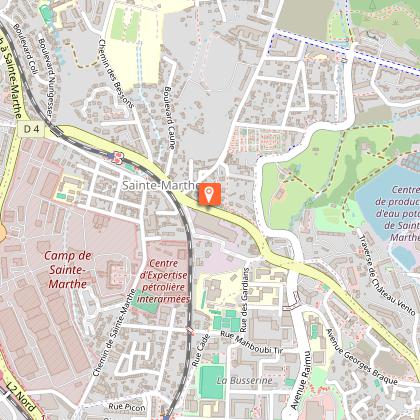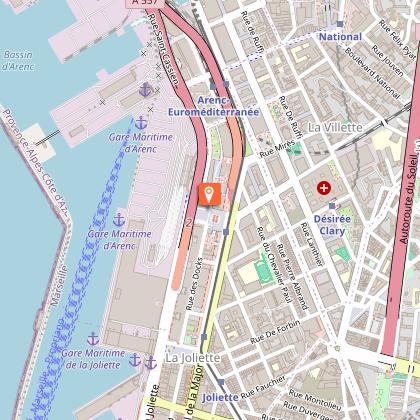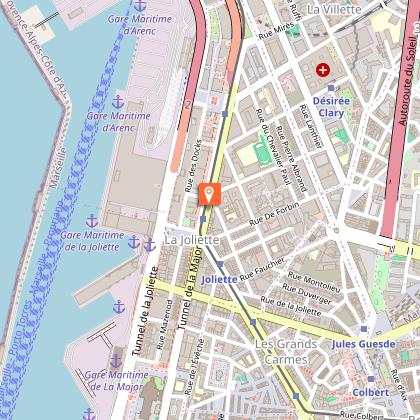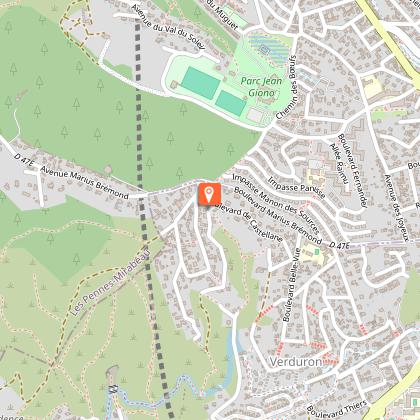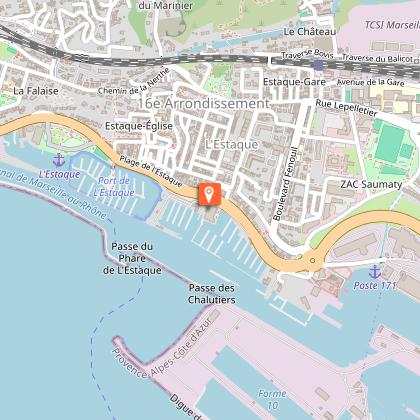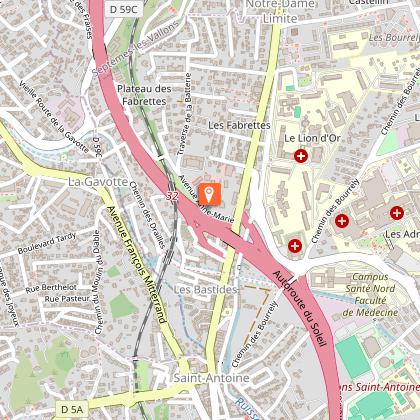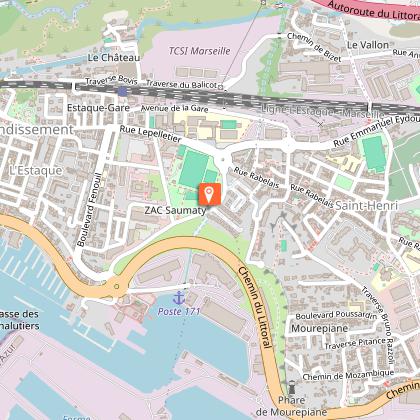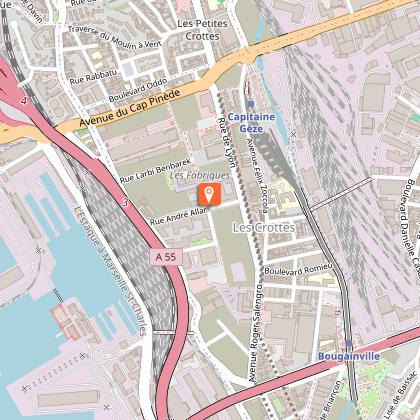Tours
Activities
Places of interest
Where to eat
Where to sleep
BEST WESTERN Marseille Aeroport franchise INDE: Discover Vitrolles
Are you the owner?Welcome to Vitrolles, a gem in the Bouches-du-Rhône department, nestled in the Provence-Alpes-Côte d'Azur region. From BEST WESTERN Marseille Aeroport franchise INDE, embark on a journey to uncover the cultural and natural treasures that make this area unique. Just minutes away, you'll find Parc du Griffon, an ideal spot for family walks, picnics, or simply relaxing in nature. For a dive into loca...See more
Walking around BEST WESTERN MARSEILLE AEROPORT FRANCHISE INDE
See more suggestionsWalk through the natural landscapes of BEST WESTERN MARSEILLE AEROPORT FRANCHISE INDE.
See more suggestionsWhat to do in BEST WESTERN MARSEILLE AEROPORT FRANCHISE INDE
See more suggestionsExciting adventures await you in BEST WESTERN MARSEILLE AEROPORT FRANCHISE INDE, book now.
See more suggestionsIGN cards
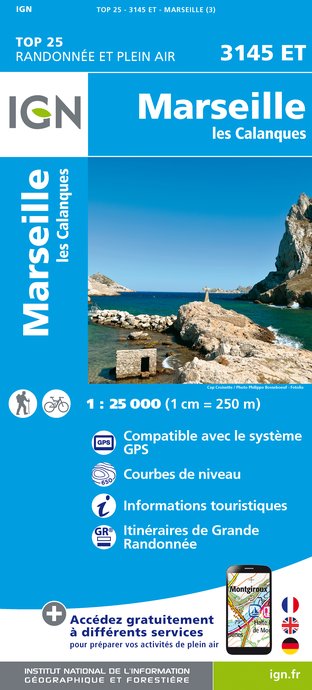
3145ET - MARSEILLE LES CALANQUES
Editor : IGN
Collection : TOP 25 ET SÉRIE BLEUE
Scale : 1:25 000
13.90€
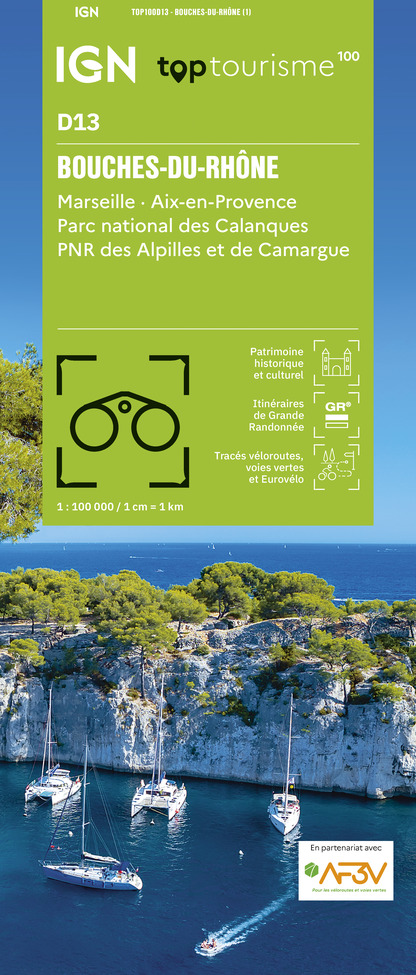
TOP100D13 - BOUCHES-DU-RHÔNE MARSEILLE AIX-EN-PROVENCE PARC NATIONAL DES CALANQUES PNR DES ALPILLES ET DE CAMARGUE
Editor : IGN
Collection : TOP 100
Scale : 1:100 000
8.40€

D13-84 BOUCHES-DU-RHÔNE VAUCLUSE
Editor : IGN
Collection : CARTES DÉPARTEMENTALES IGN
Scale : 1:150 000
5.90€
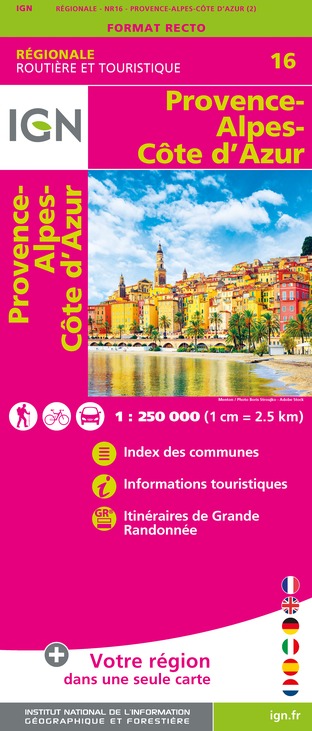
NR16 PROVENCE-ALPES-CÔTE D'AZUR
Editor : IGN
Collection : CARTES RÉGIONALES IGN
Scale : 1:250 000
6.80€

EUROPE
Editor : IGN
Collection : DÉCOUVERTE DES PAYS DU MONDE IGN
Scale : 1:2 500 000
7.00€
What to visit in BEST WESTERN MARSEILLE AEROPORT FRANCHISE INDE
See more suggestionsEngage in outdoor activities in BEST WESTERN MARSEILLE AEROPORT FRANCHISE INDE.
See more suggestionsWhere to eat in BEST WESTERN MARSEILLE AEROPORT FRANCHISE INDE
See more suggestionsEnjoy delicious dishes at BEST WESTERN MARSEILLE AEROPORT FRANCHISE INDE's restaurants.
See more suggestionsWhere to sleep in BEST WESTERN MARSEILLE AEROPORT FRANCHISE INDE
See more suggestionsExplore hostels and hotels in BEST WESTERN MARSEILLE AEROPORT FRANCHISE INDE.
See more suggestions













